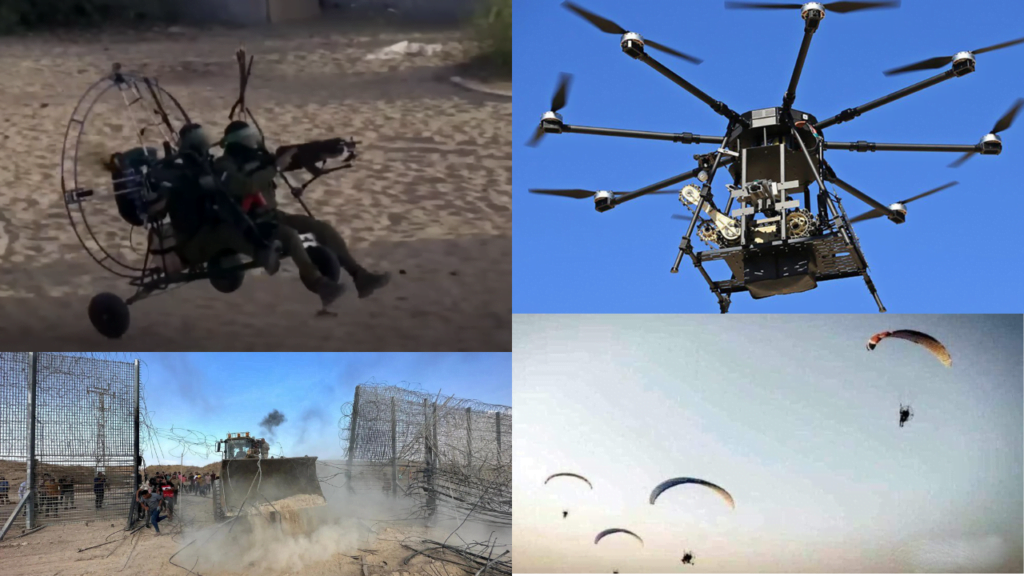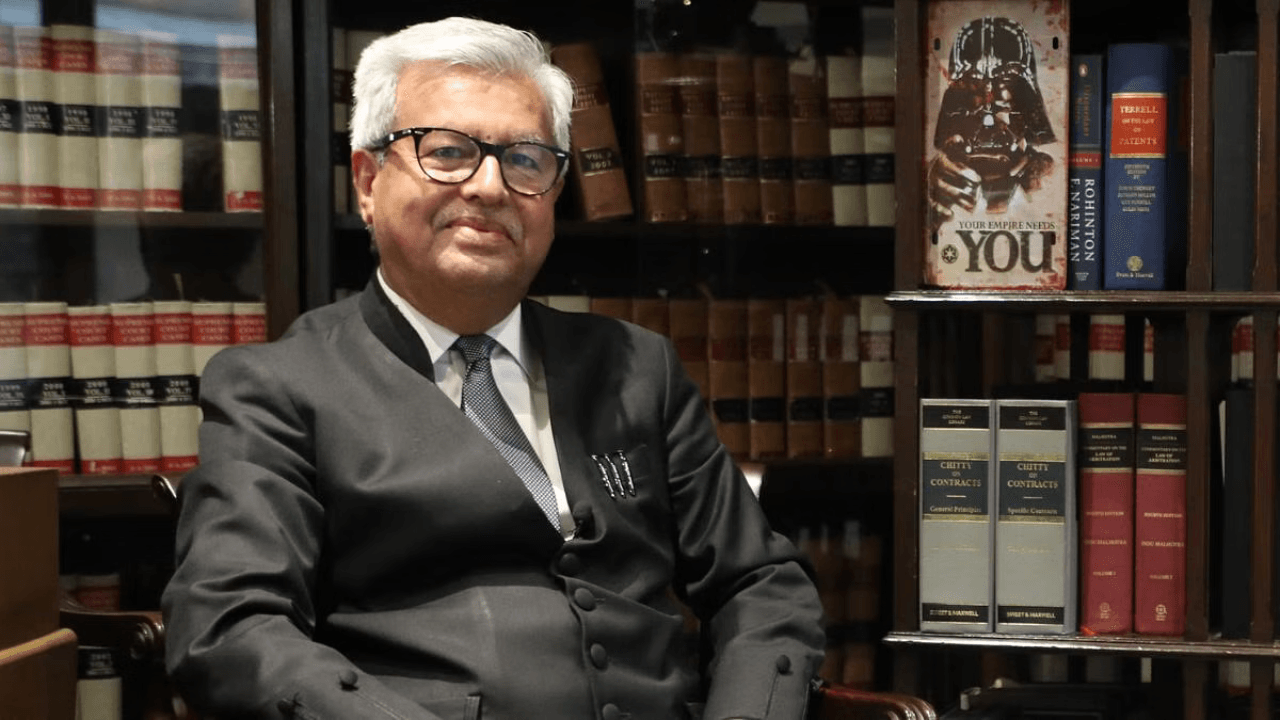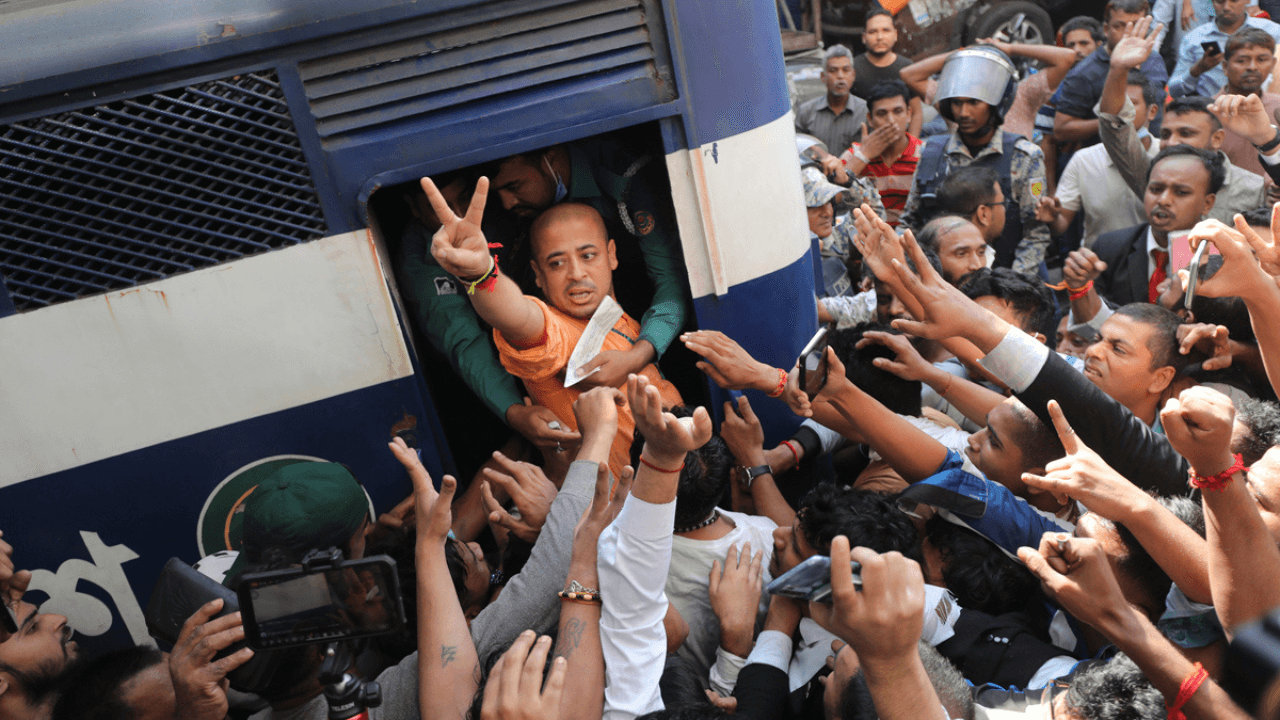The devastating Hamas attack on Israel from land, sea, and air on October 7, 2023, exposed the limitations of one of the world’s most formidable military and intelligence establishments. As India evaluates its complex security environment, crucial lessons drawn from Israel’s experience suggest heightened defenses against potential militant threats. The rudimentary yet effective tactics used by Hamas, such as drones, paragliders, and makeshift weapons, call for Indian forces to prepare for unconventional warfare.
Hamas attacked Israel on the Jewish holiday of Sukkot, a weeklong celebration to commemorate the harvest season and the time Jews lived in the desert after being freed from slavery in Egypt.
The attack resulted in over 1,200 deaths, mostly Israeli citizens, making it Israel’s deadliest day since its independence. More than 240 people were taken hostage.
Tactical Innovations and Simple Weaponry
Hamas used a combination of drones, motorized paragliders, and makeshift weapons.

- Commercial drones were equipped with explosives to disrupt defenses by targeting cameras, communication systems, and sensors along the Gaza-Israel fence.
- Motorized paragliders, used by militants to infiltrate Israel, demonstrated a low-tech method to evade air defenses, likely involving external training.
- Makeshift weapons included bulldozers to breach the fence, captured IDF vehicles and weapons, and Israeli uniforms for confusion.
Additionally, homemade rockets and grenades were used in large numbers to overwhelm Israel’s Iron Dome defense system and cast shadows on other air attacks. These tactics highlight Hamas’s ability to adapt and counter advanced defenses.
Hamas fighters employed innovative “jugaads” that proved initially successful, demonstrating that adaptable and creative tactical responses must complement technological superiority. India’s defense forces must recognize that sophisticated technology alone cannot guarantee security. The effectiveness of simple, low-tech solutions in the Hamas attack illustrates the importance of flexibility and improvisation in military strategy.
Intelligence Failures and Deception
Hamas’s careful campaign of deception caught Israel completely off-guard, allowing it to surprise Israeli forces by utilizing unsophisticated means like bulldozers, gliders, and motorbikes to breach border defenses. This incident highlights India’s need to enhance its intelligence capabilities, ensuring no intelligence is overlooked and maintaining readiness even during perceived lulls in threats. Hamas was able to execute this attack by meticulously planning and concealing its intentions, highlighting a critical gap in Israeli intelligence.
Key Learnings from the Israel-Hamas Conflict
- Integrated Missile Defense Systems: The effectiveness of Israel’s Iron Dome in intercepting incoming rockets has underscored the importance of robust missile defense systems. Iron Dome’s success in mitigating civilian casualties and infrastructure damage has led India to prioritize developing and deploying similar systems.
- Cybersecurity and Electronic Warfare: The conflict highlighted the critical role of cybersecurity and electronic warfare. Israel’s sophisticated cyber capabilities disrupted Hamas operations and protected Israeli infrastructure. In response, India is enhancing its cyber defense mechanisms, establishing initiatives like the Signals Technology Evaluation and Adaptation Group (STEAG) to focus on next-generation communication technologies, including AI, machine learning, and quantum computing.
- Intelligence and Surveillance: Israel’s use of real-time intelligence and surveillance for precise targeting has been exemplary. The Indian military is increasing its investment in drones, satellite imagery, and AI-driven analytics to enhance its intelligence-gathering and operational capabilities. The collaboration with academia and industry, such as the MoU with IIT Roorkee, aims to foster technological innovation in these areas.
Strategic Implementations in the Indian Military
India is fast-tracking the development and deployment of its missile defense capabilities. The Defense Research and Development Organization (DRDO) is advancing the AAD and PAD systems, drawing inspiration from Israel’s multi-layered missile defense strategy. These systems aim to provide a comprehensive shield against short and medium-range threats.
The Indian Army is bolstering its cyber defense infrastructure. Establishing the Security Operations Centre 2.0 is a key initiative to enhance the military’s ability to detect, respond to, and mitigate cyber threats. The focus is on developing homegrown solutions for secure communication, including the SAMBHAV secure mobile ecosystem.
Recognizing the complexities of urban combat, the Indian Army is revising its training doctrines and procuring advanced equipment suited for such environments. This includes enhancing close-quarter combat training, acquiring state-of-the-art surveillance drones, and integrating advanced communication systems for real-time coordination.
India is investing in improving its Intelligence, Surveillance, and Reconnaissance (ISR) capabilities by leveraging AI and machine learning technologies. The partnership with IIT Roorkee and other academic institutions aims to develop advanced algorithms for data analysis and predictive analytics, enhancing the military’s situational awareness and decision-making processes. The focus is on creating indigenous solutions to reduce dependency on imports and improve self-reliance in defense manufacturing.
Way Forward
These strategic shifts are essential given India’s complex geopolitical landscape. Tensions with Pakistan and China necessitate a multi-dimensional defense approach, including measures to counter cross-border terrorism and cyber warfare. Vigilance against potential militant attacks remains crucial, prompting a focus on technological advancements and intelligence gathering.
Furthermore, South Asian security dynamics highlight the need for advanced defense capabilities to maintain stability and deter potential threats.













1 thought on “Israel-Hamas War: Lessons for the Indian Military”
Very informative post , Kudos to the writer 👍🏻